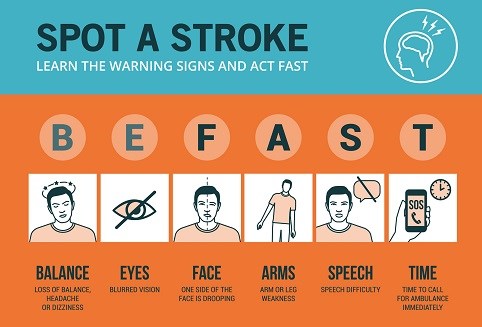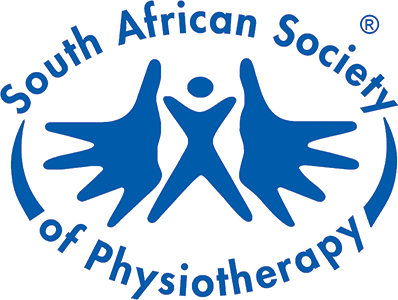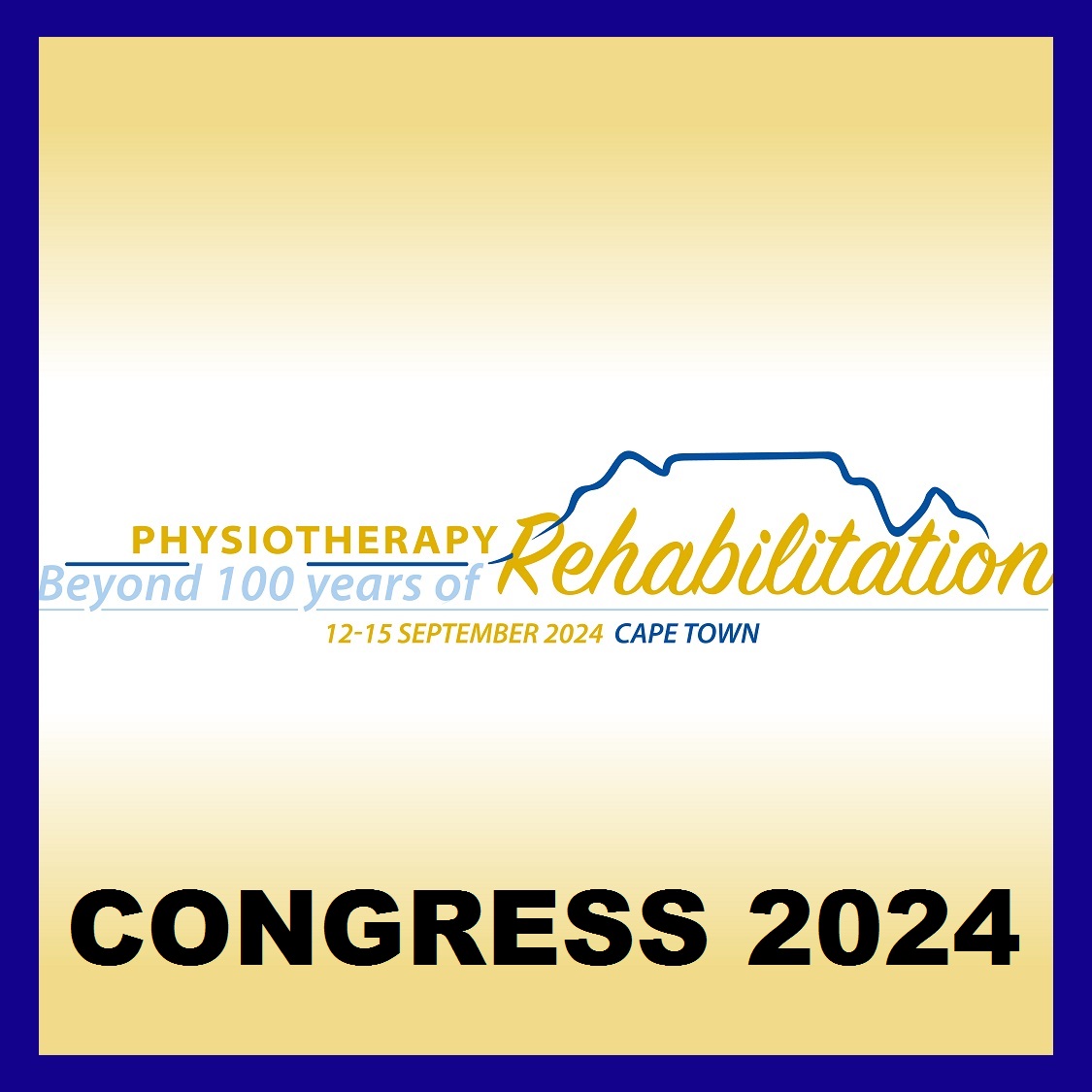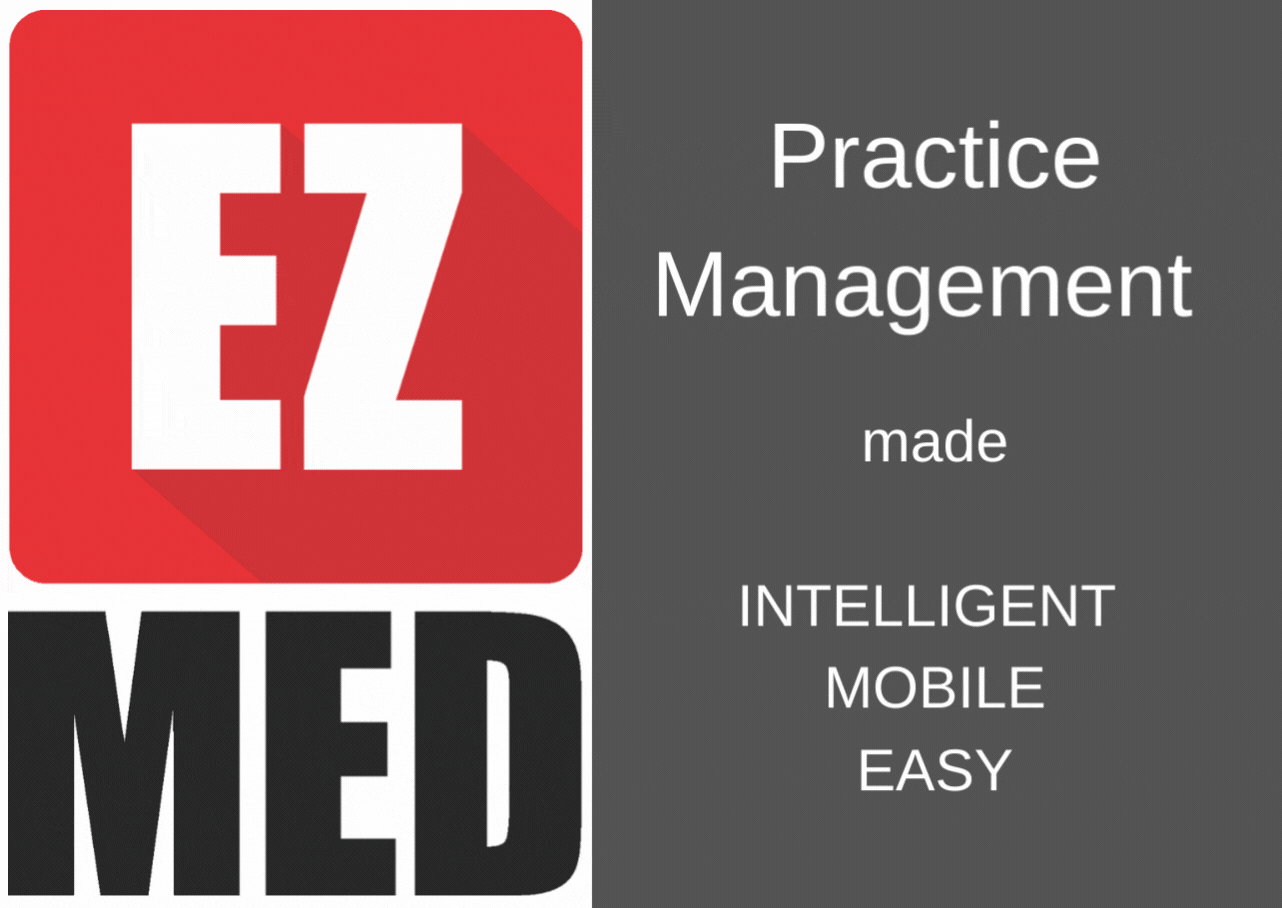
So you’ve had a stroke or a transient ischaemic attack (TIA – a mini-stroke), and walked away without any complications. Well done, you’re a lucky person! But that doesn’t mean you should just resume life as if nothing had happened. You’ve had a warning that gives you a chance to take life-saving action and boost your health.
“According to a new study published in the Canadian Medical Association Journal, people who survive a stroke or TIA without early complications still have an increased risk of death, another stroke or a heart attack during the five years after the incident,” says Professor Witness Mudzi, President of the South African Society of Physiotherapy. “That means that you have been given a chance to take aggressive measures to look after your health and prevent any further problems.”
Some top tips to prevent further harm?
• Exercise
“Exercise is the golden thread that runs through many of the recommendations for stroke prevention – controlling blood pressure, losing weight, controlling blood sugar and more,” says Professor Mudzi. Do a minimum of 150 minutes of exercise a week – that’s half an hour five times a week – and you will be going a long way to stave off stroke. Though debatable, it is argued that too much sitting without exercise may be considered the ‘new smoking’.
• Stop smoking
“Exercise will help you stop smoking,” says Professor Mudzi. Since exercise boosts your mood, it helps with the withdrawal symptoms. Use exercise as a displacement activity: whenever you want a smoke, get up and go for a walk round the block or run up and down the stairs at work. Five minutes of activity will take your mind off smoking.
• Check your blood pressure regularly
“If you keep an eye on your blood pressure, you are able to track if it is rising and take measures to control it with the help of your doctor,” says Professor Mudzi. Of course, regular exercise has been shown to help keep blood pressure under control.
• Track blood sugars
People who have Type 2 diabetes or insulin resistance are at greater risk of stroke. Being aware of what is happening with your blood sugars will help you keep control. “Once again, exercise is a key factor – it’s been shown that mild exercise such as a 30 minute walk is remarkably effective at reducing blood sugar levels,” says Professor Mudzi.
• Lose weight
Not the easiest thing to do, admittedly. But solid research has shown that cutting out added sugars in your diet will help.
Warning signs of stroke
Watch out for these signs – if you experience any of them, don’t wait, get medical help urgently:
• sudden numbness or weakness of the face, arm, or leg, especially on one side of the body
• sudden confusion or trouble speaking or understanding
• sudden trouble seeing in one or both eyes
• sudden problem with walking, loss of balance, or coordination
• sudden, severe headache with no known cause







